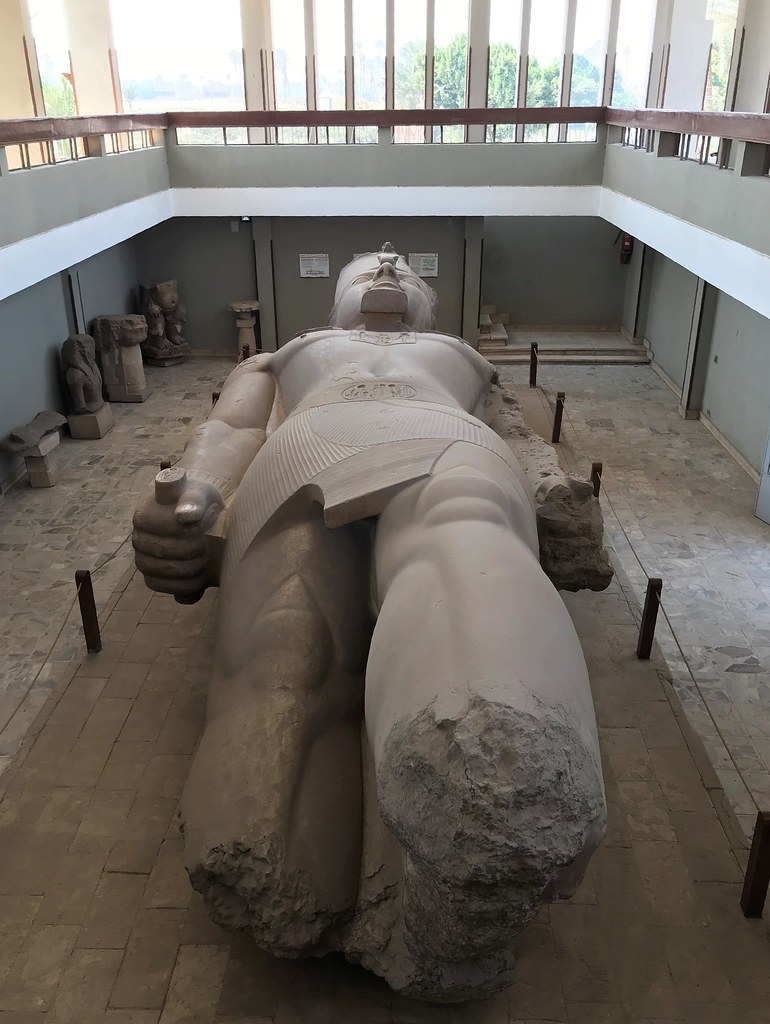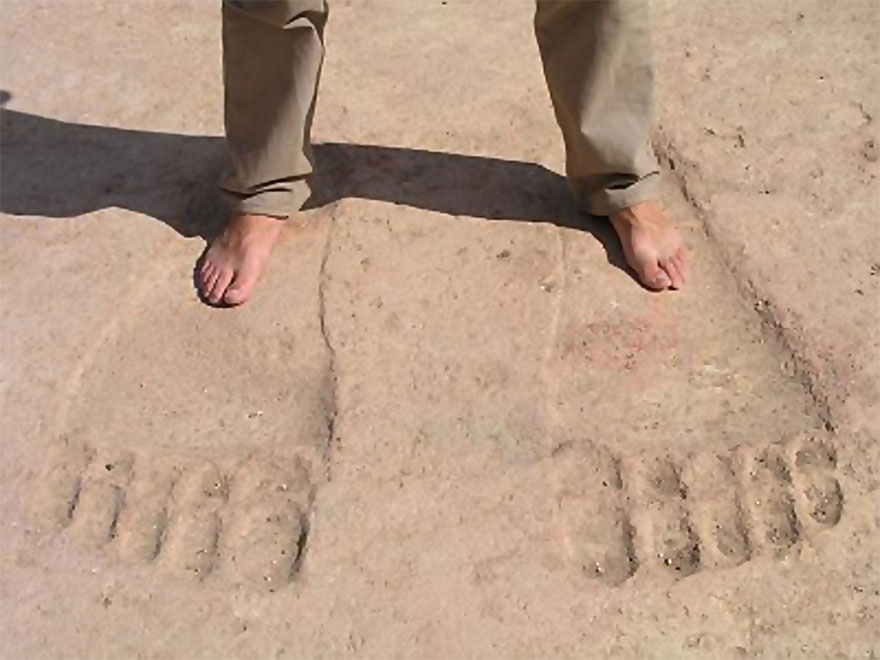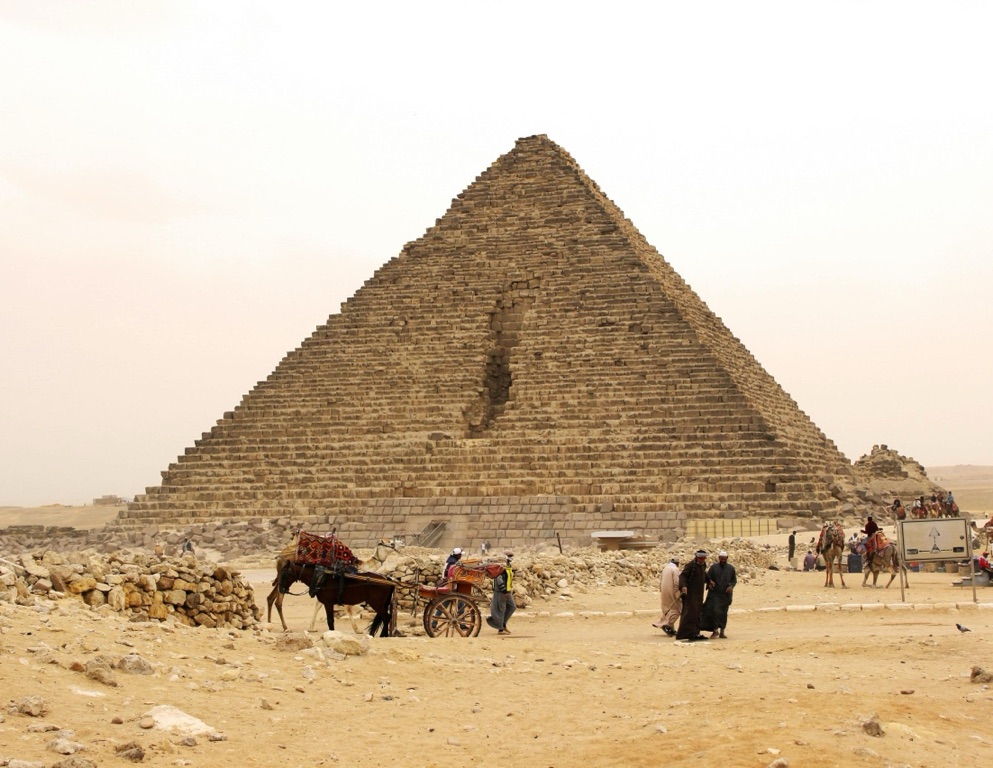The Pyramid of Menkaure is the smallest of the three main Pyramids of Giza, located on the outskirts of Cairo, Egypt. Built during the 26th century BC for the Pharaoh Menkaure, the sixth ruler of Egypt’s Fourth Dynasty, the pyramid is a testament to the architectural prowess and administrative skills of ancient Egyptians. It stands as a significant monument in Egyptian history, offering insights into the reign of Menkaure and the civilization he ruled.

Colossal Statue of the Rameses II from Memphis
The Statue of the Pharaoh Rameses II in Memphis is a significant historical artifact that stands as a testament to the power and influence of one of Egypt’s most famous pharaohs. Located in the ancient city of Memphis, the statue was carved from a single piece of limestone and is one of the largest pieces of Egyptian sculpture in existence. It was created during the reign of Rameses II, who ruled Egypt for 66 years in the 13th century BC. The statue, which was discovered in 1820, is a significant piece of Egypt’s rich history and provides insight into the reign of Rameses II and the cultural and religious beliefs of the time.

The Great Pyramid of Giza
The Great Pyramid of Giza, also known as the Pyramid of Khufu or the Pyramid of Cheops, is the oldest and largest of the three pyramids in the Giza pyramid complex bordering present-day Giza in Greater Cairo, Egypt. It is the oldest of the Seven Wonders of the Ancient World, and the only one to remain largely intact. Built as a tomb over a 10 to 20-year period concluding around 2560 BC, the Great Pyramid was the tallest man-made structure in the world for more than 3,800 years.

Giant Footprints Discovered in Stone
Throughout history, the discovery of unusual giant footprints etched into solid stone has sparked intrigue and debate among scientists, historians, and enthusiasts alike. Since the birth of the internet, the interest has got even more intense. These impressions are often attributed to mythological beings or unknown creatures from ancient times. I hear the words Nephilim Giants thrown around in YouTube comments everyday.

The Goujian Sword
The Goujian sword is a historical artifact that hails from ancient China. Named after the King of Yue, Goujian, it is believed to have been created during the Spring and Autumn period (771 to 403 BC). The sword was discovered in 1965 in a tomb in Hubei, China, and is renowned for its remarkable state of preservation, sharpness, and intricate craftsmanship. It is a symbol of ancient Chinese metallurgy and sword-making techniques, as well as a significant cultural artifact in Chinese history.

Stack Rock Fort
Stack Rock Fort, a maritime marvel, sits in the Milford Haven Waterway in Wales. Built in the 19th century, it’s a relic of British naval history. Its unique architecture and strategic location made it a crucial defense point. Though it’s not in active use today, it remains a symbol of the UK’s military past. The British Royal Commission initiated the construction of Stack Rock Fort in 1850. It was part of the “Palmerston Forts,” a series of fortifications built during the reign of Queen Victoria.

